Biophilic Design Myths
Let’s delve into the common myths around planting.
Bringing nature into our living spaces through biophilic design is a growing trend in modern architecture. But, there are some big misunderstandings about it. This blog is here to clear things up! We’ll talk about some of the things that stop people from pressing the button on their biophilic journey, and, how it’s shaking up sustainable architecture and interior design.
In this blog, you can find the answers to these common myths:
- Complications and Cost Implications
- It’s Just About Adding Plants
- It’s Just Not Sustainable
- It’s One-Size-Fits-All
- It’s Just A Trend
What’s Stopping You?
Myth 1: Sustainable Biophilic Design Is Complicated & Expensive
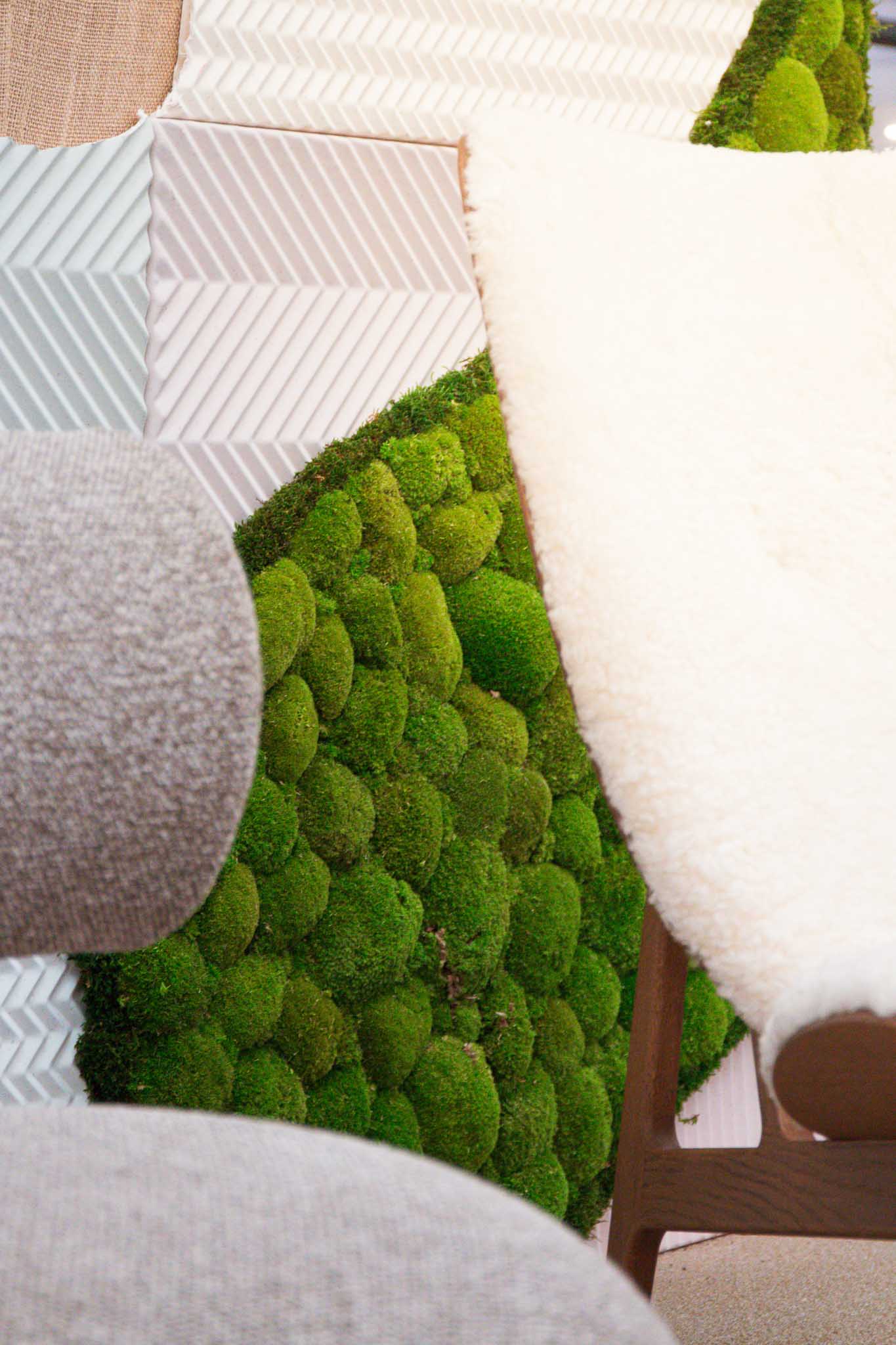
One of the most common myths about biophilic design is that it is a complicated and expensive process. However, implementing biophilic design principles may appear intricate at first, this misconception doesn’t consider the long-term benefits it offers. It can be seamlessly integrated into architectural plans with careful consideration of natural lighting, ventilation, and use of sustainable materials. It allows architects and designers to create spaces that have nature’s vibe, without compromising on efficiency or budget.
Furthermore, the long-term energy savings and improved well-being of inhabitants highlight the cost-effectiveness of sustainable biophilic designs. Additionally, the government are cracking down on environmentally damaging buildings which will eventually carry a much larger fine than investing now.
Myth 2: Biophilic Design Is Just About Adding Plants
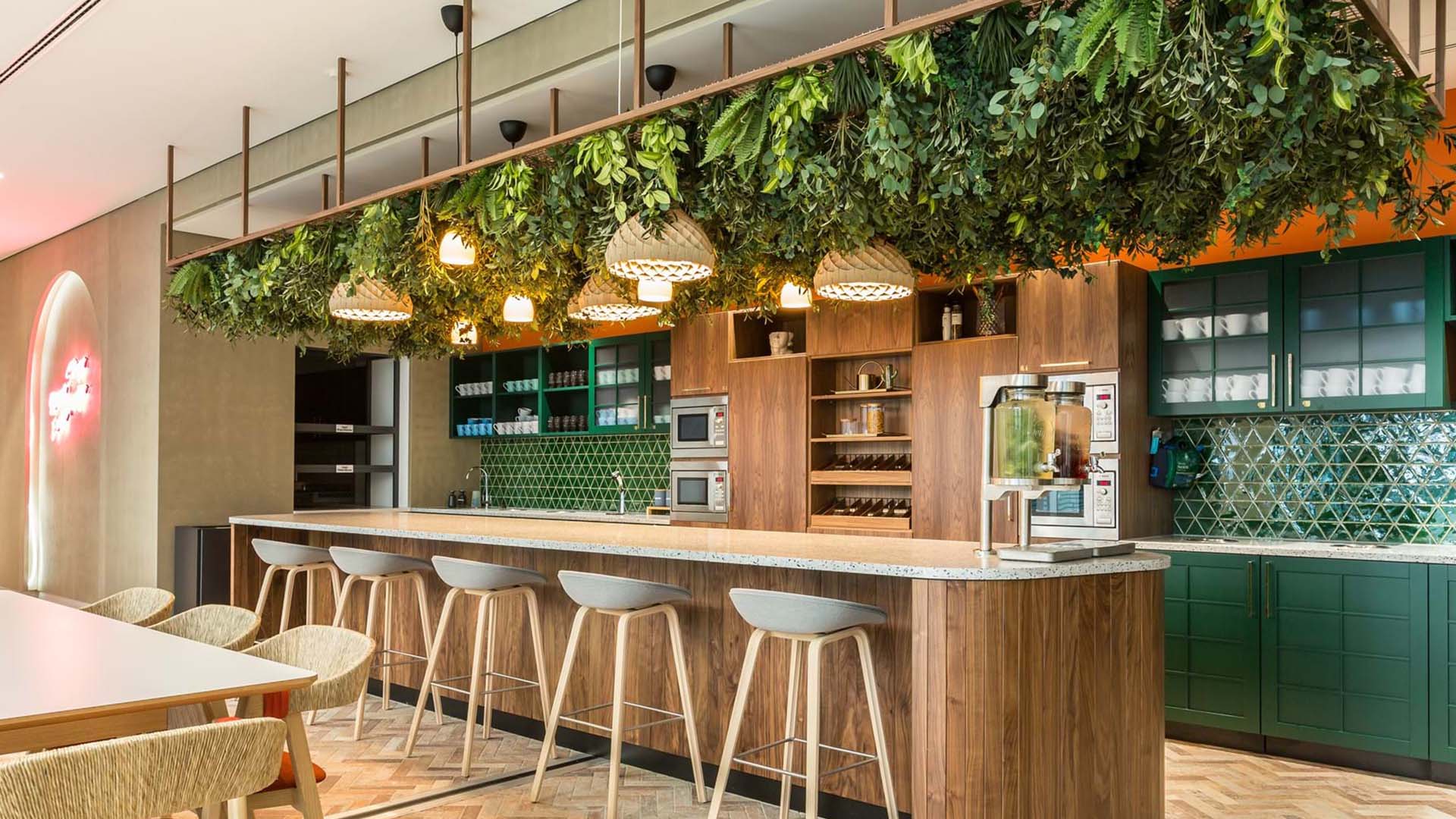
Contrary to popular belief, biophilic design encompasses more than just adding plants. Else, how and why would be dedicating our lives to it? While greenery plays a crucial role in fostering a connection with nature, biophilic design covers much more. It’s about its contribution to the aura of a space amongst other things. Natural materials, water features, and organic shapes also play a role in what we are talking about here. By integrating these diverse elements, architects can create spaces that stimulate the senses, enhance cognitive function, and promote emotional well-being. Biophilic design creates immersive environments that resonate with our inherent craving for nature in us, surpassing the mere addition of potted plants.
Myth 3: Sustainability & Biophilic Design Are Incompatible
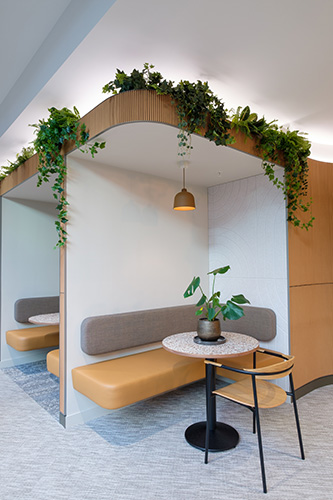 Another misconception surrounding biophilic design is that it’s not a sustainable approach. However, biophilic design aligns seamlessly with sustainable practices, emphasizing the conservation of natural resources and the reduction of environmental impact. By prioritizing energy efficiency, utilizing renewable materials and passive heating and cooling, it can significantly contribute to the creation of eco-friendly and resource-efficient structures. The integration of sustainable practices within biophilic design not only minimizes the ecological footprint but also deepens connections between inhabitants and nature.
Another misconception surrounding biophilic design is that it’s not a sustainable approach. However, biophilic design aligns seamlessly with sustainable practices, emphasizing the conservation of natural resources and the reduction of environmental impact. By prioritizing energy efficiency, utilizing renewable materials and passive heating and cooling, it can significantly contribute to the creation of eco-friendly and resource-efficient structures. The integration of sustainable practices within biophilic design not only minimizes the ecological footprint but also deepens connections between inhabitants and nature.
We attended the Workspace Design Show this year, where there was a prevalent theme of sustainability in conjunction with biophilia. Or, you can read about our sustainability strategy here
Myth 4: Biophilic Design Is One-Size-Fits-All
Another common myth is that biophilic design follows a rigid, uniform template. However, biophilic design is a versatile concept that can be tailored to suit diverse architectural styles, cultural influences, and spatial requirements. Whether applied to commercial complexes, residential buildings, or public spaces, it can be customized to reflect the unique characteristics of each environment, making for a sense of place and identity. By integrating elements that resonate with the cultural heritage and local ecosystem, architects and designers can create personalized spaces that connect individuals to their surroundings.
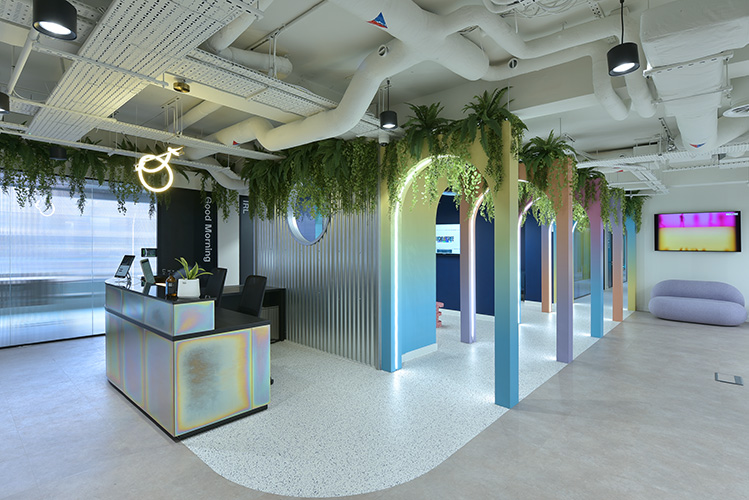
Myth 5: Biophilic Design Is a Trend That Will Fade Away
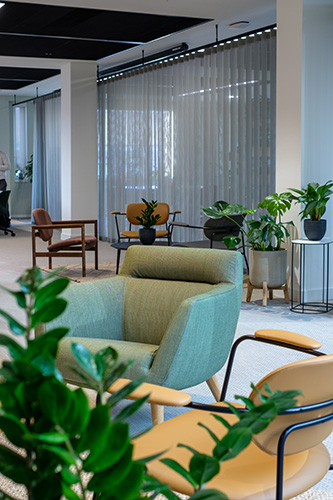
Some sceptics view biophilic design as a passing trend that will eventually lose its relevance. However, the continued emphasis on sustainable practices and the growing awareness of nature’s impact on human well-being contradict this. It represents a fundamental shift towards creating healthier, more productive, and emotionally enriching environments. Eventually, this will make for an indispensable component of modern architecture and interior design. As society’s collective consciousness continues to prioritize holistic well-being and eco-conscious practices, biophilic design is poised to remain a pivotal force in shaping the future of sustainable architecture and interior spaces.
There are a multitude of benefits that have been science-proven through the implementation of biophilia. Trouble sleeping? Read our blog on how planting could help you regulate your circadian rhythms.
What do we conclude from this?
In debunking these common myths, it becomes evident that biophilic design represents a transformative approach to sustainable architecture and interior design. By embracing our inherent connection with nature and integrating elements that evoke a sense of harmony and well-being, we can create spaces that not only nurture the environment but also promote the physical and emotional health of the end-users. With these in mind, we can pave the way for a more sustainable, resilient, and aesthetically captivating built environment that harmoniously coexists with the natural world.
Ready to push the button on your biophilic journey? Contact us.
Want some inspiration? View some of our projects.

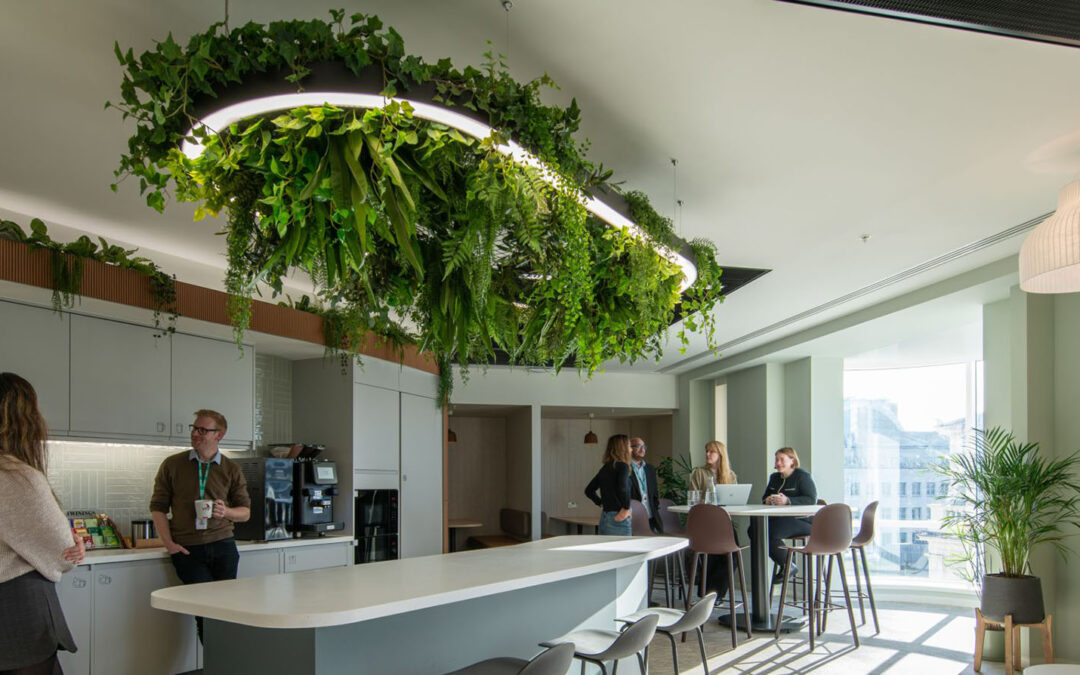
Recent Comments